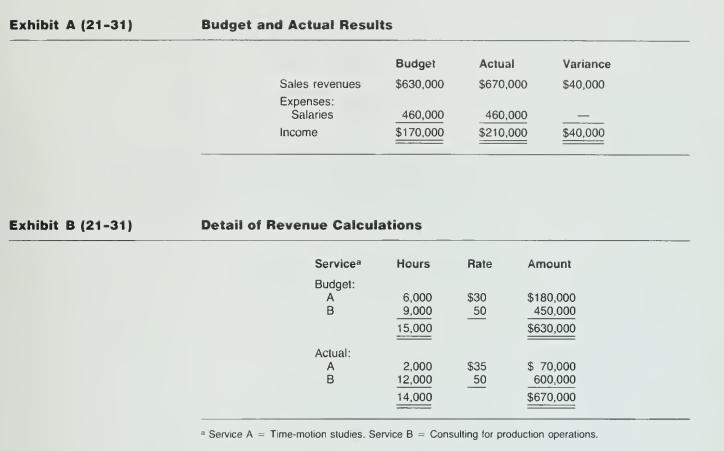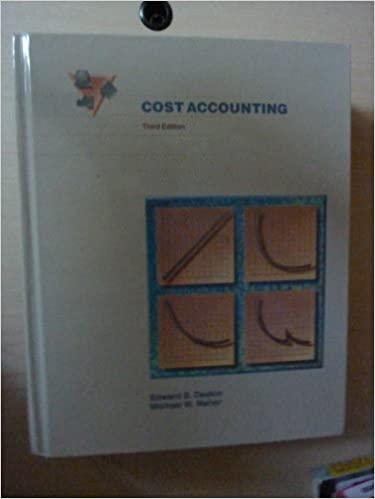Dallas Consulting Group (Relate Activity Changes to Industry Effects): I just don't understand why you're worried about
Question:
Dallas Consulting Group (Relate Activity Changes to Industry Effects): "I just don't understand why you're worried about analyzing our profit variance," said Dave Lundberg to his partner, Adam Dixon. Both Lundberg and Dixon were partners in the Dallas Consulting Group (DCG). "Look, we made $40,000 more profit than we expected (see Exhibit A). That's great as far as I am concerned," continued Lundberg. Adam Dixon agreed to come up with data that will help sort out the causes of DCG's $40,000 profit variance. DCG was a professional services partnership of three established consultants who specialize in cost reduction through the use of time-motion studies and through the streamlining of production operations by optimizing physical layout, labor, and so on. In both of these areas, DCG consultants spend a great deal of time studying customers' operations. The three partners each received fixed salaries that represented the largest portion of operating expenses. Each partner had an independent office and accounted for office costs separately. DCG itself had only a post office box. All other DCG employees were also paid fixed salaries. No other significant operating costs were incurred by the partnership. Revenues consisted solely of professional fees charged to customers for the two different types of services. Charges were based on the number of hours actually

worked on a job. Thus, an increase in the actual number of hours worked on a job caused a corresponding increase in revenue. Since all salaries are fixed, however. DCG's total operating expenses do not change. Following the conversation with Lundberg, Dixon gathered the data summarized in Exhibit B. He took the data with him to Lundberg's office and said. "I think I can identify several reasons for our increased profits. First of all, we raised the price for time-motion studies to $35 per hour. Also, if you remember. we originally estimated that the 10 consulting firms in the Dallas area would probably average about 15.000 hours of work each this year, so the total industry volume in Dallas would be 150,000 hours. However, a check with all of the local consulting firms indicates that the actual total consulting market must have been around 112,000 hours." "This is indeed interesting. Adam," replied Lundberg. "These new data lead me to believe that there are several causes for our increased profits, some of which may have been negative. ... Do you think you could quantify the effects of these factors in terms of dollars?"
Required: Use your knowledge of profit variance analysis to quantify this year's performance of DCG and explain the significance of each variance to Mr. Lundberg.
Step by Step Answer:






